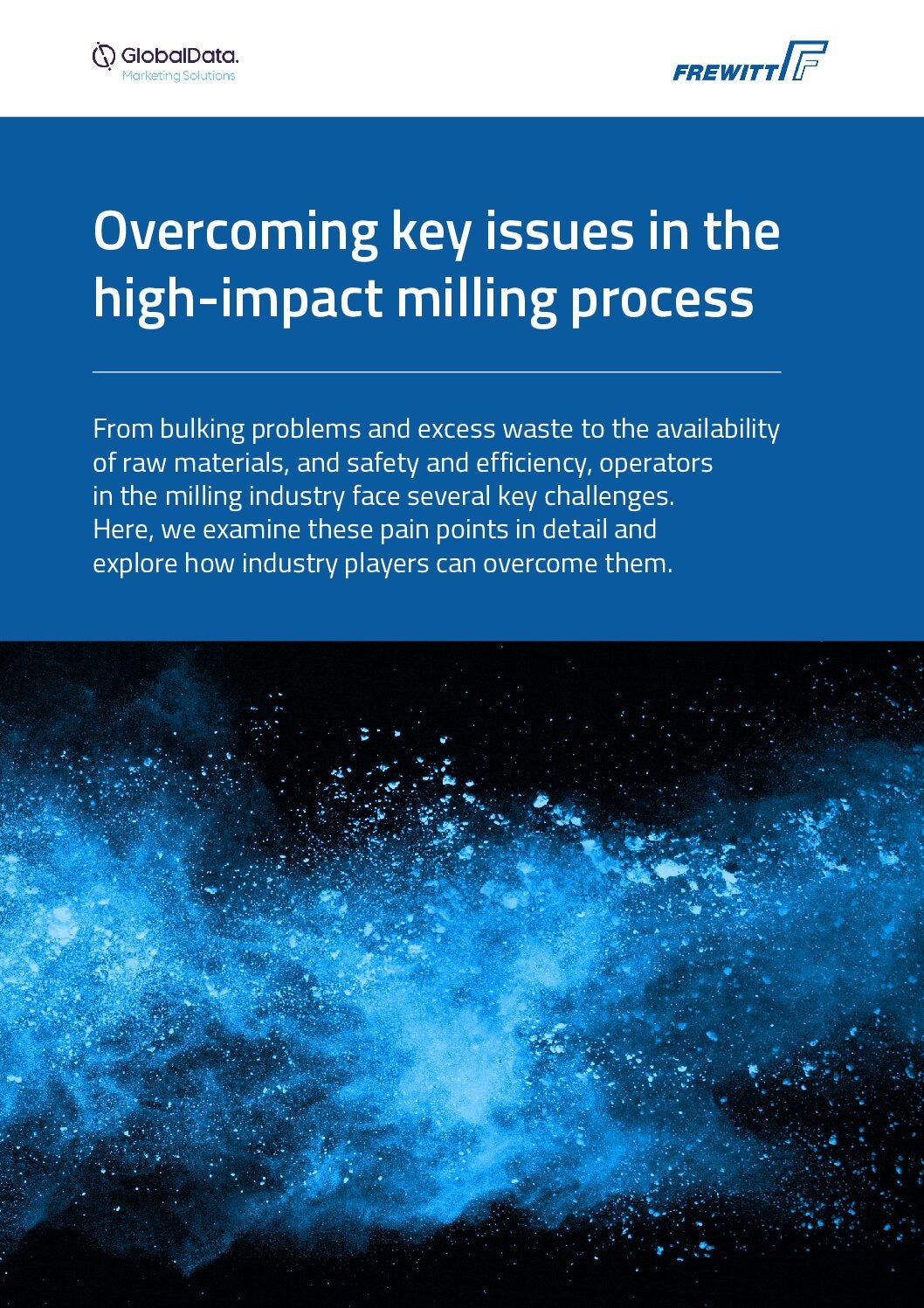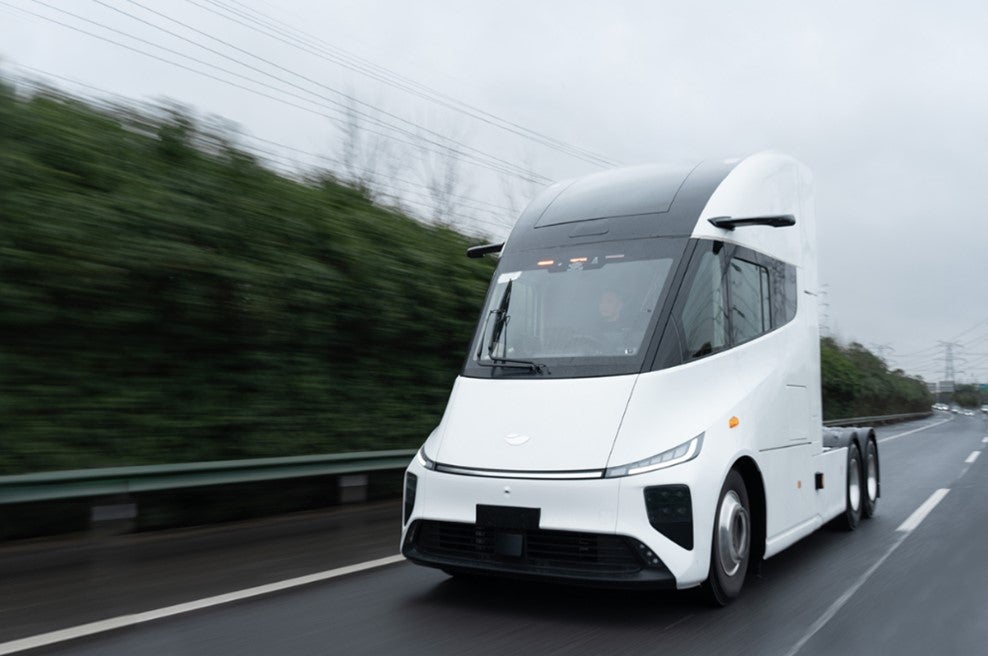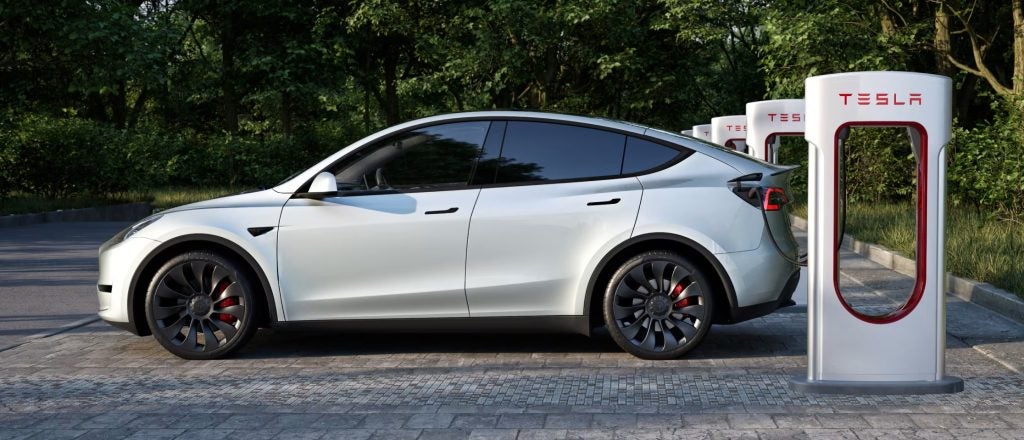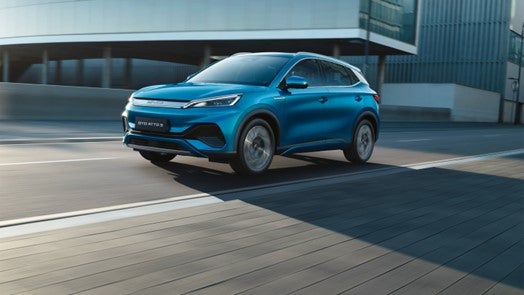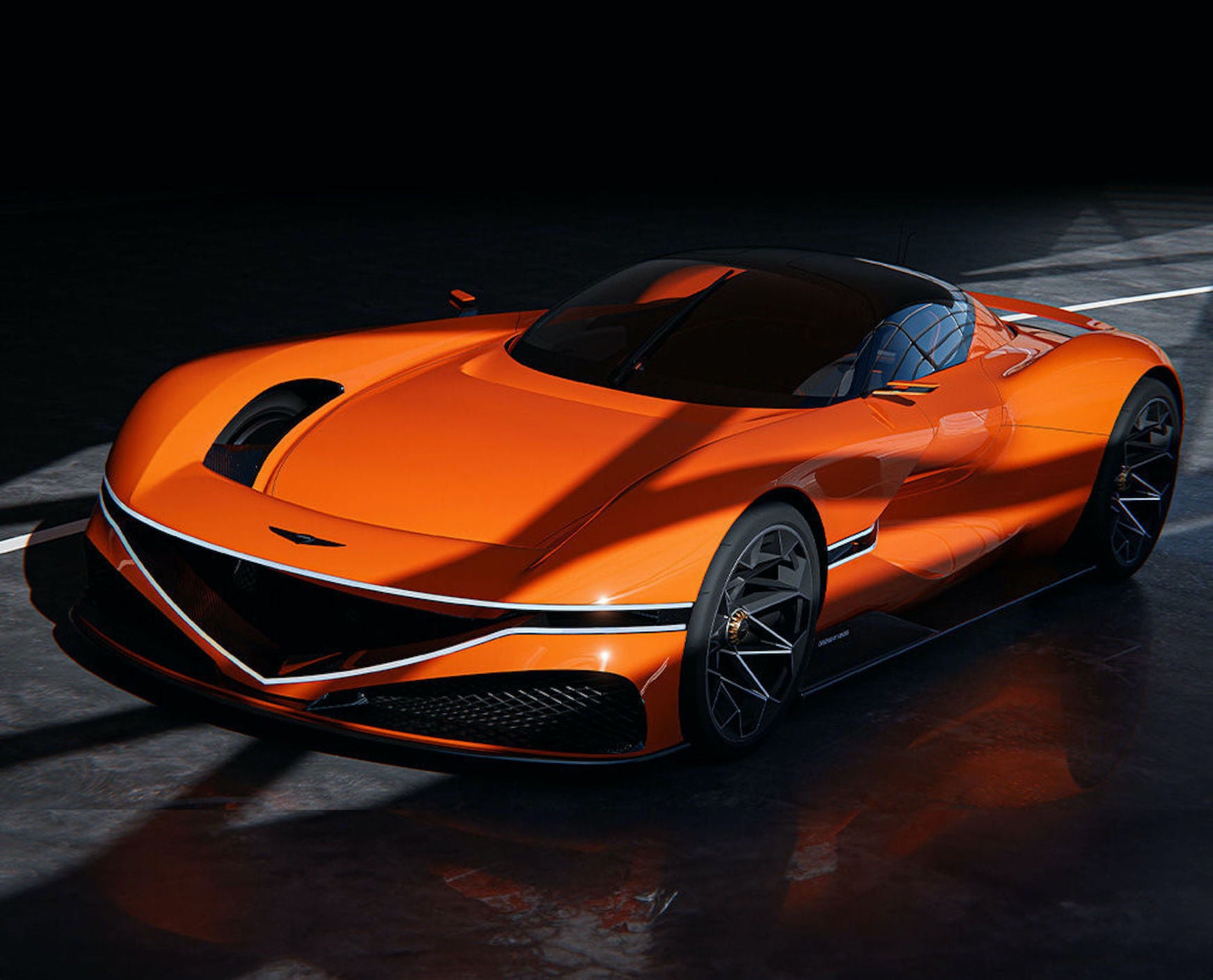
Long dominant at home, strong too in Europe and now up to number four in the USA (a commanding 120,000 vehicles ahead of Stellantis in 2023), Hyundai Motor Group can seemingly do no wrong. And yet. Not one of its three brands is anything other than an also-ran in China.
Tellingly, Kia did not even mention the world’s number one vehicle market in the recent self-congratulatory statement announcing global sales for 2023. Genesis hasn’t made much progress with its import-only strategy there either, with only around 1,100 vehicles retailed in 2023 (versus 160,000+ for Lexus).
How well do you really know your competitors?
Access the most comprehensive Company Profiles on the market, powered by GlobalData. Save hours of research. Gain competitive edge.

Thank you!
Your download email will arrive shortly
Not ready to buy yet? Download a free sample
We are confident about the unique quality of our Company Profiles. However, we want you to make the most beneficial decision for your business, so we offer a free sample that you can download by submitting the below form
By GlobalDataOn the manufacturing side of things, a mere two HMG joint venture plants now remain from what had been five. Beijing Hyundai’s Chongqing factory was recently sold to business park developer Yufu Industrial Complex Construction Company.
The group, which, like equally troubled-in-China Stellantis, once thrived in the People’s Republic. Citroën was big albeit a long time ago, and both Hyundai and Kia were each briefly high flyers. That success was shot down by what is a continuing row between the Communist Party and the government in Seoul over the latter’s THAAD missiles system.
Equally, neither Beijing Hyundai nor Dongfeng Yueda Kia has felt compelled to chase volume with loss-making or at best marginally profitable cheap EVs. Nor does this status quo of the Chinese market show any sign of changing. The wait and see approach, rather than going after all the start-ups which may not even be in business by mid-decade, could well prove to be a wise one. HMG has the money to sit it out, absorbing losses whilst making longer term plans for the evolution of its JVs plus Genesis.
Undeterred, Hyundai Motor Group is now looking elsewhere in the world for the best expansion opportunities. Those who say Europe is hard to crack and lacking growth potential need to check the remarkable progress of both Hyundai and Kia over the last decade. ACEA data for EU+EFTA and the UK show 1.1 million passenger vehicle deliveries in 2023 with fourth place behind Renault-Dacia-Alpine retained. Moreover, there was a good balance of IC, HEV, PHEV and electric propulsion. The group therefore may not suffer too badly should the mass rejection of EVs in Germany and Britain during December prove to be more than a hiatus.
Even Genesis – fortuitously, mainly a liquid-fuel brand – is slowly gaining traction in its three (formerly four) European markets (the UK, Germany and Switzerland). For some years there had been actual big volume in Russia, and near-domination for Hyundai and Kia even compared to Lada and Renault. This was however brought to an end when HMG wound up operations during 2022/2023.
One of the next main global goals will be an even greater focus on rising incomes in the Indian market. Some 70 billion rupees (US$845m) are being spent revamping a former GM Talegaon factory near Pune. Set to re-open 2025, it will complement three existing manufacturing sites elsewhere in the country. HMG seems set to go after every brand which sits between… and even below…Hyundai, Kia and market leader Maruti Suzuki (MSIL). Notwithstanding the fact of how price-sensitive the main segments remain.
MSIL has no intention of allowing any rival to eat into its control of half the Indian passenger and light commercial markets, so we can expect a protracted battle. Tata Motors’ recent and imminent roll-out of fresh models is no coincidence, with Kia in particular presenting an ever more determined threat. Likewise, SAIC (MG), Renault, Toyota, Honda, VW, Škoda and Mahindra remain in HMG’s crosshairs.
Not just in the now four-million vehicles per annum Indian market, but everywhere, the Korean group’s strategy is multi-faceted. This comprises five- to six-year life cycles for new models, rapid revisions and early facelifts for under-performing ones, regionally-specific powertrains (i.e. the most relevant mix of IC, HEV and/or PHEV propulsion systems) and playing the long game with brand image-building.
Something else which continues to aid HMG is the designed-in prevention of in-fighting between the main brands. Witness the lack of any publicly visible spat whenever Hyundai loses its number one status to Kia (or occasionally, vice versa) in countries or regions. As long as profit for each keeps rising, shareholders remain happy. Let’s then examine preliminary details of a selection of each brand’s likely next models.
Hyundai
One of Hyundai’s best sellers is presently being rolled out to global markets. New for the 2024 model year in North America, the dramatically different Santa Fe comes with 2.5-litre turbo and 1.6-litre hybrid turbo powertrains but in Europe, there will be a 1.6-litre PHEV turbo. The life cycle is likely to be six years, so a facelift can be expected in late 2026.
Other recent news includes the addition of Kona Electric production in the Czech Republic, for mainly European countries, including right-hand drive ones. There has also just been a facelift for the Tucson though it wont be rolled out to all markets until mid-year. The successor arrives in early 2027.
Dropping down a few sizes, GGM (Gwangju Global Motors) is due to start producing an electric version of the Casper within weeks, with a lengthened model for Europe said to be coming later this year. This should have a larger capacity battery.
January has proved to be something of a busy month for the brand with an updated Creta just revealed in India. This will be followed relatively soon by an electric version for relevant markets. A restyled Sonet is another recent new arrival.
Hyundai has been an early mover in automated drive vehicles and this should accelerate later in 2024 with the arrival of the Ioniq 5 Robotaxi. A special model for Motional’s commercial services in the USA, it will be manufactured at a new high-tech/low volume factory in Singapore.
Another electric model is coming later this year, that being the Ioniq 7. Previewed by a concept wearing that number badge in 2021, this EV is to be manufactured in Korea at one of the group’s Asan plants in South Chungcheong Province. Production is said to be on-track to commence in July.
A further D/E segment model is due to arrive in 2025, this one a restyle of a vehicle with IC engines rather than an additional EV. In fact, not only will there be a mid-life facelift for the Grandeur – a big in Korea sedan – but a PHEV powertrain is expected to be added.
HMG has been flying under the radar with the relative success of its hydrogen fuel cell model. Data for 2023 are not yet available but in 2022, more than 10,000 units of the Nexo were delivered worldwide. Which is good news ahead of the arrival of the next generation. This SUV will be available in South Korea, North America, Europe and a handful of other markets commencing commencing in the first quarter of 2025.
Hyundai confirmed the debut date of the future Nexo at the recent CES in Las Vegas, stating too that it wishes to produce around 30,000 examples a year. Unconfirmed reports claim that the FCVE will be a major revamp of the existing car. Why? Well, it is believed that a truly new model is being delayed until HMG’s third generation fuel cell is ready towards the end of the 2020s. And proving that a beautiful vehicle won’t always sell up a storm, Toyota’s larger rival the Mirai only just beat the sadly underperforming Supra in 2023 (2737 versus 2652 for the BMW-engined sports car). It will clearly be some years yet – if ever – before FCEVs are mainstream models.
Finally, two more potential highlights of 2025 will be the next Palisade (code: LX3) which will come as a hybrid too, and the Venue successor. This small SUV should be big in India (local model’s code: Q2Xi) and manufactured at the former General Motors plant in Talegaon.
Genesis
Before a facelift for the G80 (but not the EV, strangely) plus the surprise debut of the X Gran Berlinetta last month, the mid-cycle update for the GV80 was the most recent news for Genesis. Announced back in September, a GV80 Coupé was added at the same time. This equivalent to how the X6 relates to the BMW X5 also comes with an exclusive engine option: a 310 kW & 550 Nm version of HMG’s 3.5-litre turbo. Successors for the 80 series sedan and SUVs should arrive in three to four years’ time.
The striking hypercar pictured above premiered at a special event in Barcelona on 2 December. Reason being? It is part of Polyphony Digital’s Gran Turismo series, with the Hyundai division building a real concept car which appears in Gran Turismo 7, out this month. Any chance of a small production run? Genesis executives aren’t saying but it would be a sensational way to lift the profile of the brand.
Of the remaining models, starting in numerical order, the GV60 should be due a facelift in early 2025, its successor being expected in 2027/2028. As for the G70 and its Shooting Brake derivative, these were to be or still will be replaced by EVs in 2024/2025 (code: RN2). The uncertainty is due to a rumour that the project has been axed, production of the current G70 having been slowed and then stopped recently. This may however be temporary.
Aside from the G90 limousine, the only other existing model is the GV70 and its Electrified (EV) variant. These should have their mid-cycle facelifts in 2024 or 2025 with the 2027/2028 replacement being electric-only.
Finally, the GV90. This big SUV is scheduled to be in series production at a new plant (Ulsan 6) commencing in February 2026. It will be revealed in 2025. This should be HMG’s third model to use the electric-only eM platform after the yet to be seen Hyundai Ioniq 7 and Kia GT1. Some months after launch a limited edition with coach rear doors is expected, bolstering the Genesis brand’s ever more upscale image.
Kia
What had once been the secondary brand is at the height of its powers. With ever more peaks perhaps likely to be reached. Certainly, if recent and next new Kia vehicles are anything to go by, larger volume and profit numbers will surely be coming along soon.
The boldness of Kia Corporation is evident in every market. Where others are running from the A segment or ploughing billions into tiny EVs, the little Picanto remains, soaking up sales: there are a lot of people who want a safe, attractive petrol-powered hatchback. Not to mention the now VW-bettering image courtesy of not just a seven-year warranty (European region) but a simple interior replete with everything a buyer wants and light on technology they either do not want or will never use. Similar to what Renault has done with Dacia yet Kias cost more and look much nicer on the inside.
Facelifted in July 2023, the Picanto will live for another two and a bit years, as will the Ray, another hatchback in the less than four metres long class. An electric version of the latter, re-introduced in September 2023, now comes with a bigger battery (35.4 kWh, LFP, CATL-supplied), gaining too the facelift which the petrol model received in 2022. These models may be merged into the one successor for Europe, Korea and other relevant markets. It would wear an EV1 badge and be launched some time between 2026 and 2028.
Slightly larger than these small hatchbacks, the AY project is proceeding through its various development phases. Specific to India, and expected to reinvent the Claris model name (though it might instead be Clavis), this SUV should offer internal combustion, hybrid and electric power but be two-wheel drive only.
A couple of sizes up, the new, 4.5 m long and made-in-Mexico K3 (code: BL7) replaces the Rio, while a K4 is coming (code: CL4), stepping in for the Cerato/Forte. Again, there is still quite a big market worldwide for these C segment/Compact sedans and hatchbacks. In Europe though, the similarly-sized Ceed will likely become majority HEV and PHEV in terms of available powertrains when its replacement arrives later in 2024.
Still with cars/SUVs in this size category, we should expect an EV4 (code: SV1) as well as an EV3 (CT1) – likely to be a successor for the Soul EV – as soon as June. Insiders report that production is scheduled to commence at Autoland Gwangju Plant 2 from mid-year. This factory went into hiatus in June 2023 for a six-month long refit. It has therefore recently come back on stream as a dedicated EV facility.
The next number up in Kia’s special electric vehicle line has already been revealed, the EV5 debuting at the Chengdu motor show in August 2023. This 4.6 m long model will be sold globally commencing later in 2024. And as an interesting aside, the China-made variant is to have a BYD Blade battery.
Kia in fact revealed the EV5 for a second time at a special event in October 2023 at the same ‘EV Day’ event in South Korea as the EV3 and EV4 concepts. There will be different battery capacities for China and Korea, the platform is E-GMP and there are to be three variants. These are:
- Standard (160 kW motor and 58 kWh battery for RK) or 64 kWh (PRC)
- Long Range (160 kW and 81 kWh for RK) or 88 kWh (PRC)
- Long Range AWD (230 kW for China or 225 kW for South Korea from 160 kW front and 70 kW rear motors, plus 81/88 kWh batteries)
Korean build is yet to start but production at Yancheng (PRC) started in November. In Europe, where electric Kias should find much favour, the EV5 won’t arrive until 2025. However the EV3 is due for launch later in 2024, with the EV4 plus a yet to be seen Slovakia-built EV2 inked in for 2026.
As of now, the existing and future models are EV2, EV3, EV4, EV5, EV6, EV8 (code: GT1: eM platform Stinger replacement) and EV9 with an EV1 and/or EV7 (EV6 Coupé-SUV?) to potentially supplement those seven. The company’s stated goals are to be selling one million EVs annually by 2026 and to offer 15 such vehicles by 2027. All being well, that would mean electric models accounting for 25 per cent of all Kia sales by that time, rising to 1.6 million by 2030.


